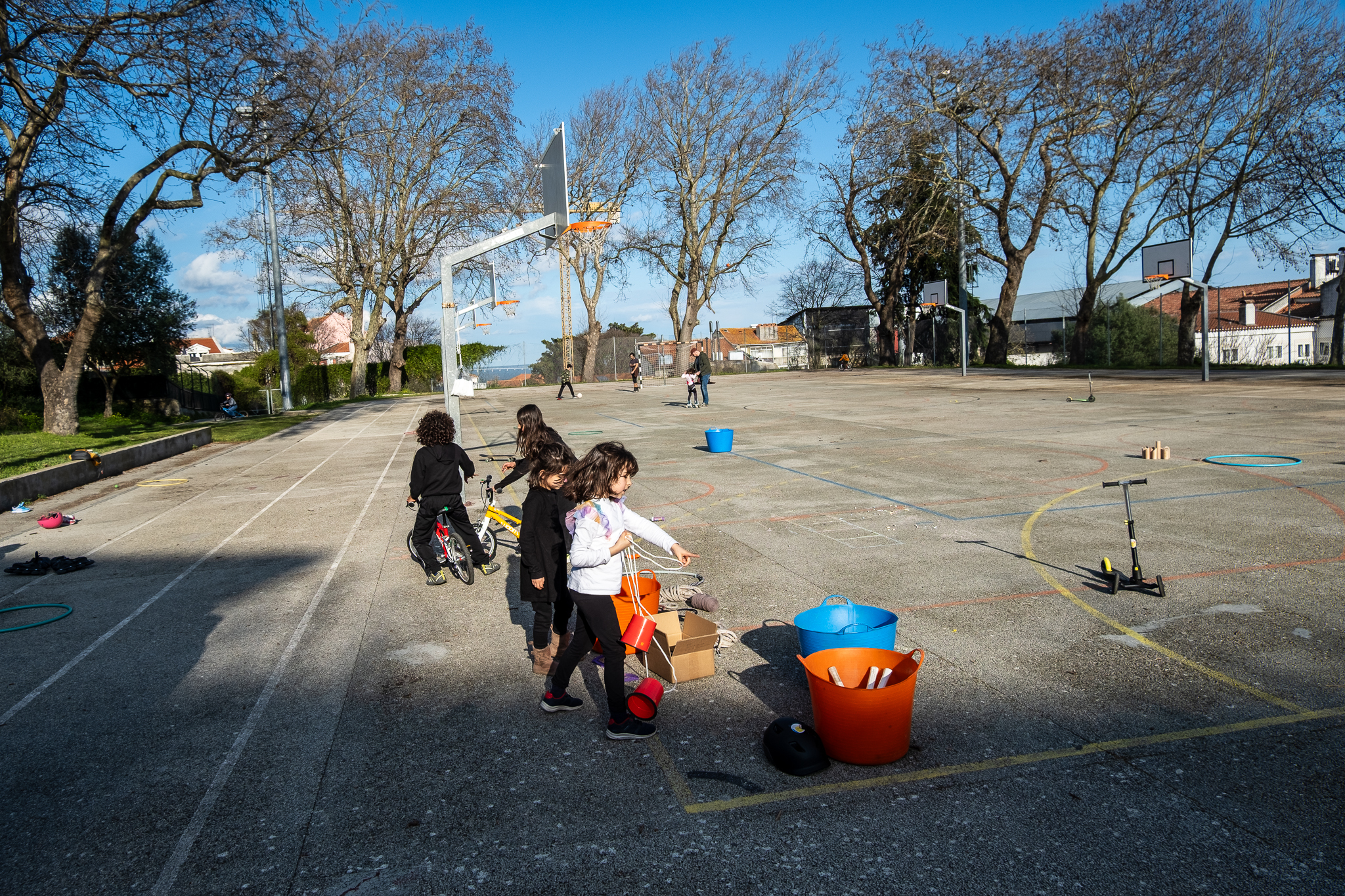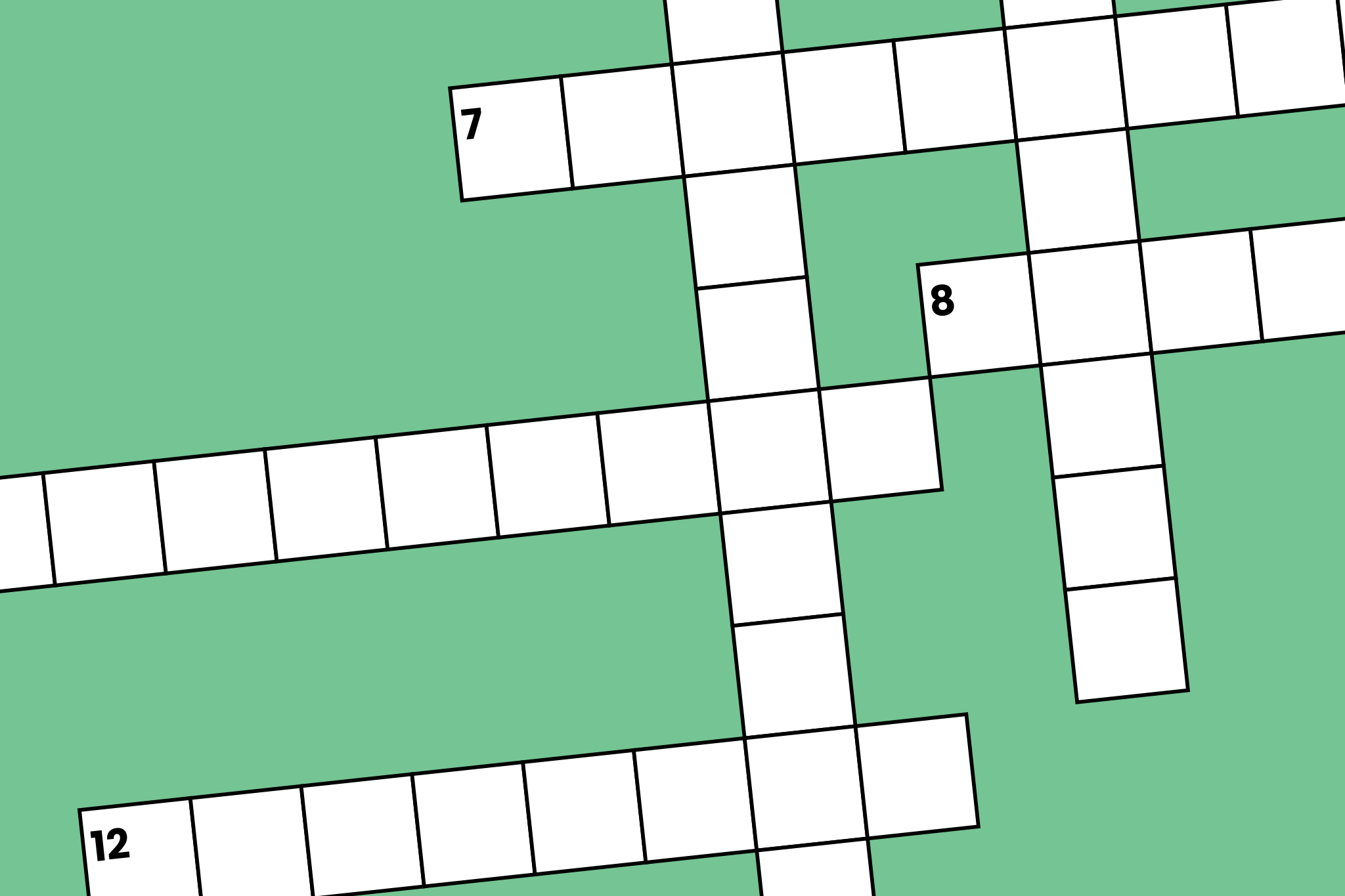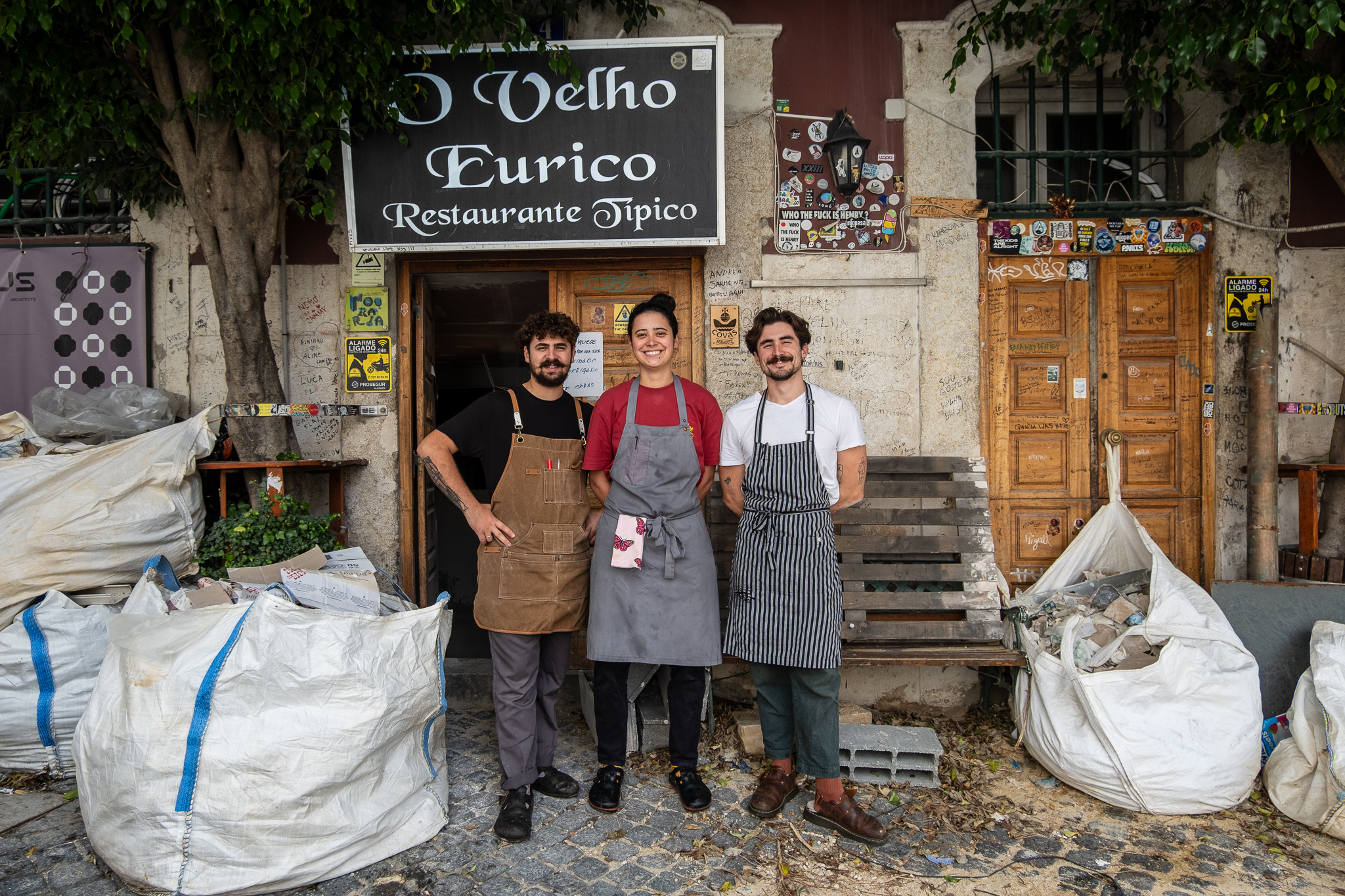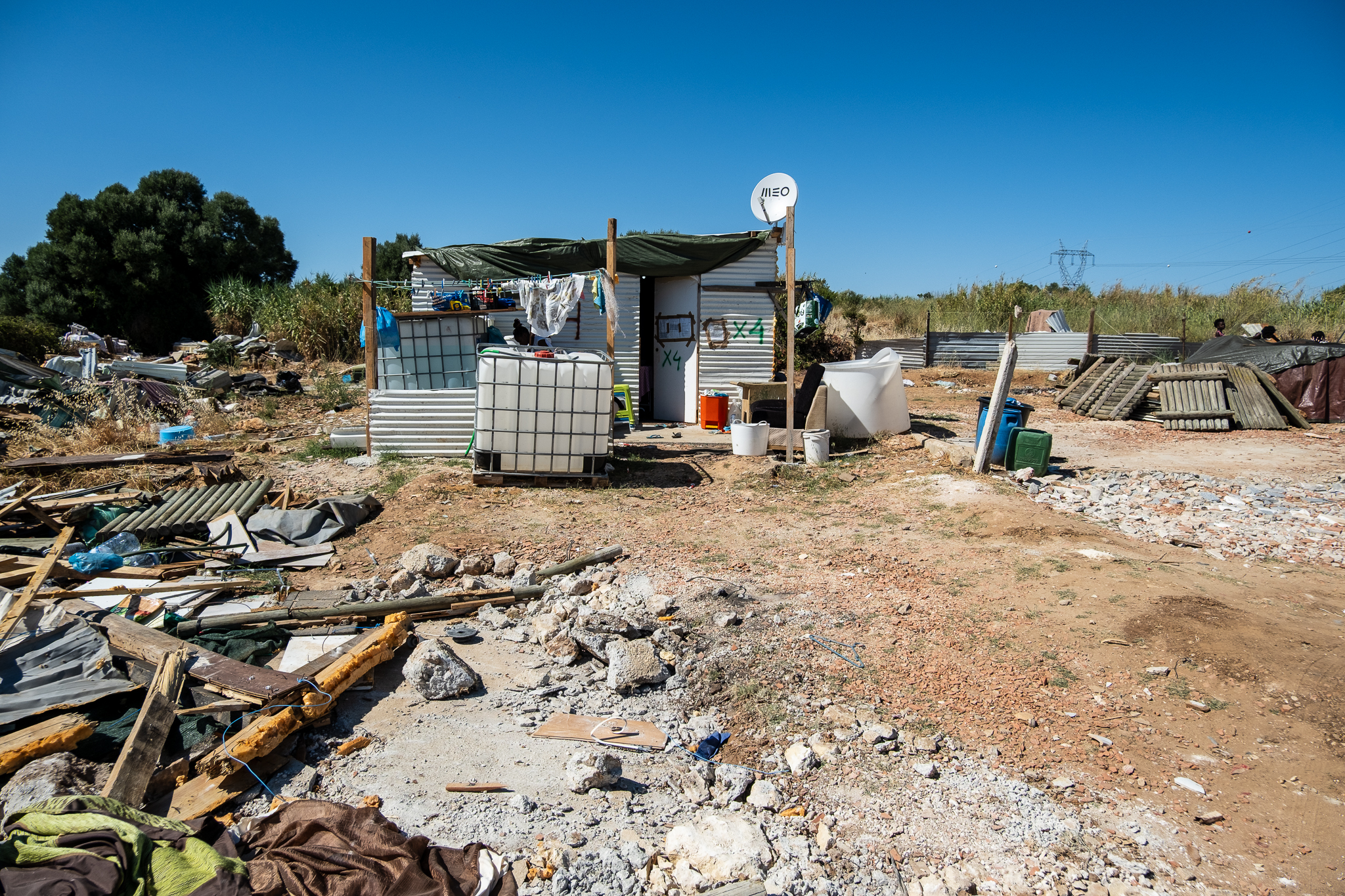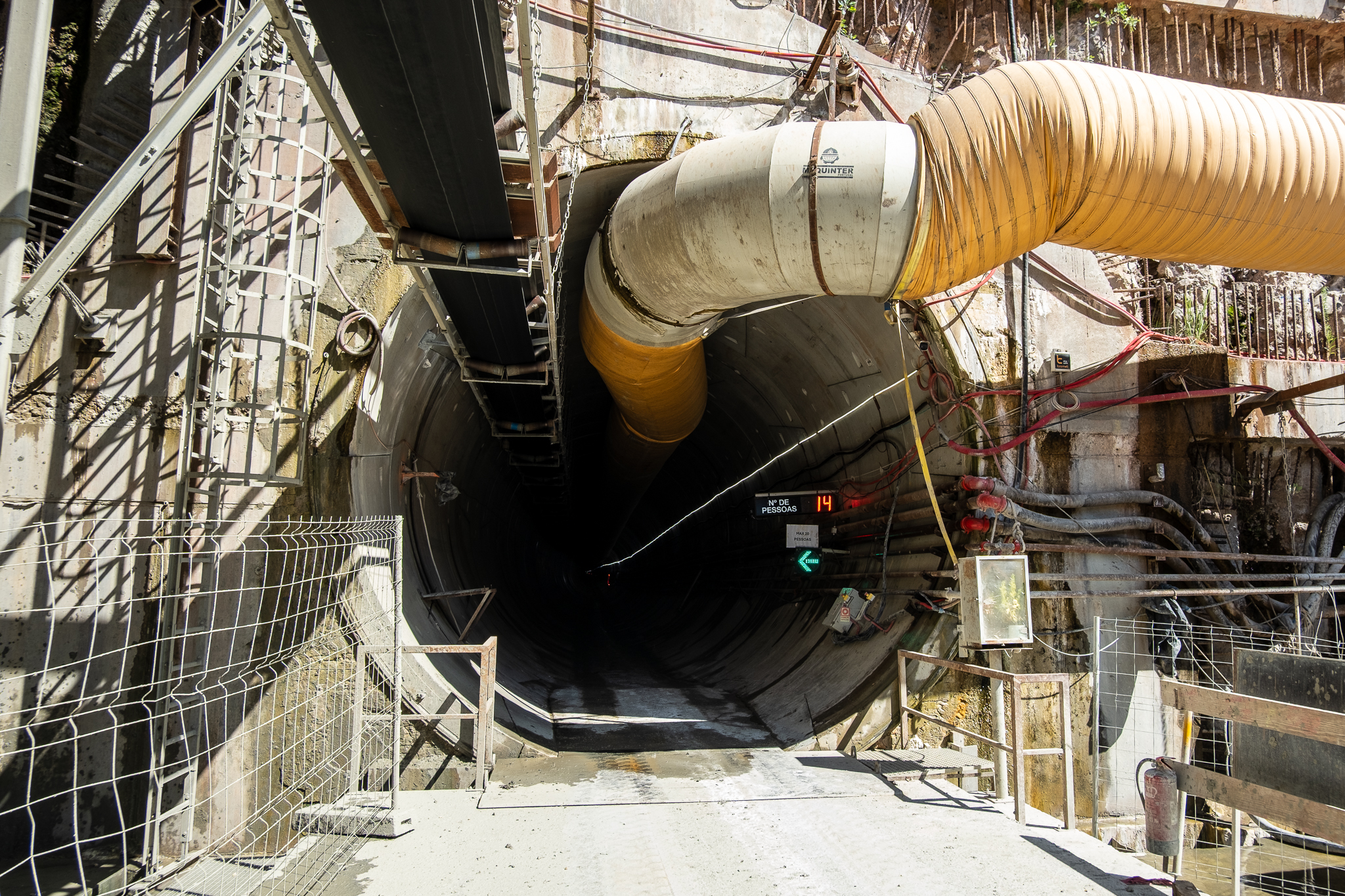The Cresc(h)e Na Rua project aims to take children out of daycare centers and kindergartens, where they have no access to natural, open spaces, and give them back the joy of being in the street and being an active part of the city.

"The street is in the process of extinction. You look at the city and you don't see children playing anymore. There are more dogs walking around than children."
- Carlos Neto, Express (2019)
Carlos Neto, full professor at the Faculty of Human Motricity in Lisbon and a leading expert in the field of play, made this statement to Expresso in 2019. Neto criticizes schools and the current learning model that lock children in classrooms, offering them short, standardized play times. This critique of his is explored in the book Free The Childrenin 2020, where the teacher reminds us of the importance not only of playing freely in the street, but also of falling or getting hurt.
Inspired by Carlos Neto's words - and by the appearance in the family of a new member - parents Ana Pereira and Bruno Santos launched the project Cresc(h)e Na Rua. Integrated in the activities of Bicicultura, the cooperative to which they belong, this initiative uses cargo bikes to take children out of day care centers and kindergartens and into the street. They can be gardens, urban gardens, playgrounds, or any other outdoor space that exists nearby. They can also be movie theaters, theaters, museums, or places with activities for children - not street environments, but they offer different experiences for the little ones.
During the routes, the children can interact with the city and what is happening in it. They see and are seen by those who are in the public space, sitting on a terrace or circulating. They point, comment, laugh, wave. And they are waved back.

Cresc(h)e Na Rua is running as a pilot project in two educational establishments in the Graça district, in the parishes of São Vicente and Penha de Franca. "This project makes sense to be by neighborhood, settling in the vicinity of a number of daycare centers and kindergartens. We find a place to store the tricycles, which could be one of those establishments, and then we circle around there with the children."explains Ana. "We are currently in two locations, at Creche da Graça and in Voice of the Worker. The children at the Voice already normally go out two days a week. I think it's a daycare that goes out more than usual. But with these tricycles they can go to different and farther places."
At this stage, Cresc(h)e Na Rua has three tricycles for transporting children. The vehicles, which at first glance look like TukTuks, are in fact cargo bicycles, powered by pedaling and electric assistance. Each tricycle can carry a maximum of eight children between the ages of 2 and 6 or 8, depending on the orography of the route. "If the course is flat, we can get to 8 years old. If it's not totally flat, like here at Graça, we can't carry kids that big."



At least once a week, the Cresc(h)e Na Rua tricycles circulate through Graça and Penha. Already accustomed to their passage, several people wave to the tricycles and their passengers, but the strangeness of others leads to curious looks and attempts to decode what kind of vehicle it is. What is certain is that, although these are still their first outings, the Cresc(h)e Na Rua tricycles no longer go unnoticed. The destinations are almost always nearby, because the idea is also to take advantage of what is available locally. The routes are defined and tested by Bicicultura to ensure that not only are they safe but also that they are relatively flat for these particular tricycles, since with the weight of the children it is not possible to overcome every single climb. "We identify and test the routes, and then we put them on a shared map so that the educators who will be driving the tricycles can know which route they can trust. The idea is that this map is something that is constantly being co-constructed with kindergarten teachers and the children's mothers and fathers.explains Ana.
The exit we followed was accompanied by Ana and Bruno, as well as by the Municipal Police; but it will not always be like this. The tricycles are driven by nursery school teachers or assistants from the schools participating in the project, but they can also be driven by volunteer mothers or fathers. The drivers receive "training in bicycle riding in general and then specific training in the use of these tricycles"A total of 20 theoretical and practical hours, in the street and in a controlled environment. "Then we accompany the first few outings until the educators feel comfortable doing them on their own. Our plan is to accompany the first few outings and then evaluate them. You may need escorts from us or the police only when it's a new route or an outing to a further destination."
In Graça, the tricycles are stored at the Gil Vicente School, "who kindly welcomed them". It is from this school that the children from Voz do Operário or Creche da Graça set out to discover the city. The educators can choose a destination and respective route from the collaborative map of places and events. On the day we visited Cresc(h)e Na Rua, the destination was a playground in Penha de França, but the children don't stop at this square kilometer and go to other parishes better served by recreational spaces and cultural services and that are not so far away - Parque Ribeirinho Oriente is only 8 km away, and a film festival in Campo Pequeno is 5 km away. Cresc(h)e Na Rua also has two relevant partnerships: one with School Outsidean educational model that seeks to develop the children's abilities in a natural context, in the woods or forest; and with the Brincapéa project that seeks to stimulate play in children through various activities, such as the Territory Brincapé. The action spaces of these two projects are also destinations for the outings of the green tricycles.

With Cresc(h)e Na Rua, Ana and Bruno seek to mitigate the deficits of the city's nurseries and kindergartens in terms of access to natural, open spaces. In Portugal, the children have a very insufficient daily access to the outdoors (16-30 minutes on average, less than cons, less than dogs)This is far from the recommended minimum of three hours a day. This is far from the recommended minimum of three hours a day. In the particular case of Lisbon, 70% of the parishes have less than 10 m2 of green spaces per inhabitant25% are less than 1 m2 per inhabitant. Kindergartens and nurseries have no more than 2 m2 required per child in indoor activity rooms, and are not required to have outdoor space - many do not, and when they do, it is often quite small and almost completely artificial, lacking trees, earth, and other natural elements.
The lack of opportunities for children to be outdoors, be physically active, be in nature and play freely is related to a number of health problems, such as anxiety, obesity and allergies, and compromises the development of children's motor, emotional, and cognitive skillsThis has an impact on their current well-being and future life prospects. On the other hand, children living in poorer neighborhoods have little access to leisure facilities and cultural services within and outside school hours - both because their parents often work long hours during the week and even on weekends, because these facilities and activities are not available near their homes, and because their schools also have fewer resources to provide these opportunities.

For schools, going out with groups of 16 children between the ages of two and three, or with groups of 25 children between the ages of three and six (the maximum number of students per class in nurseries and kindergartens, respectively) is not easy. Walking is often tiring and risky, because sidewalks are usually non-existent, too narrow, or have parked cars; road traffic is too intense and too fast; and there is a lack of trees to mitigate the heat and benches to rest whenever necessary. Public transportation is also not very friendly for such large groups of small children. And vans and buses are expensive for institutions to rent.
Thus, children from poorer neighborhoods, where walking is more difficult and dangerous, public transportation is weaker, and schools or parents cannot afford vans for regular rides, are doubly left out. Build more walkable and bikeable cities, with more and bigger natural parks, provide schools with regular and free school bus service, or make it mandatory and fund the construction of natural green spaces for children to play inside schools... These are all public policies that Ana and Bruno would like to see implemented, but which are not within their reach. The Cresc(h)e Na Rua project takes advantage of the city as it is today, improving it with a cheap and light solution: cargo bikes.

When this pilot is finished, at the end of this year, the tricycles will be integrated into the Veloteca of Bicycling - a "community bike bank" that this cooperative, focused on promoting cycling in an urban environment, has been building. Until then, the tricycles will continue to distribute energy throughout Graça and the city. Ana and Bruno believe that this initiative could be replicated in other neighborhoods and centers of day care and kindergartens in the city, especially in the most disadvantaged neighborhoods. However, Cresc(h) Na Rua is an initiative funded by the municipal BIP/ZIP program and has funding assured only until the end of this year.
If the project does not continue, the tricycles will remain at the Bicicultura veloteca available to schools, parents, and children's activity promoters who want to rent them to transport children in or out of school hours.

